#Hussite trilogy
Text


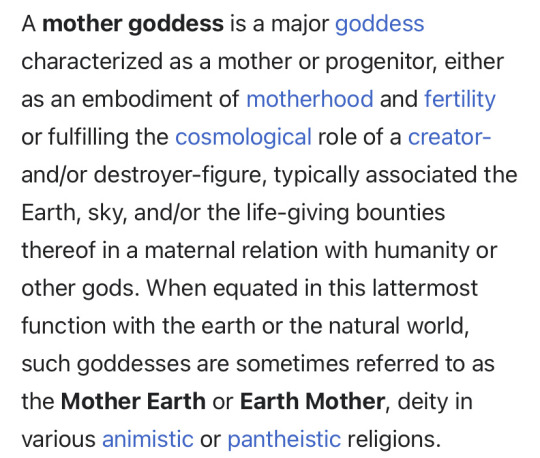
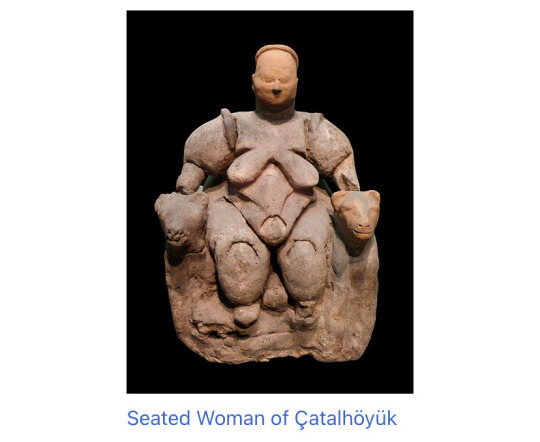

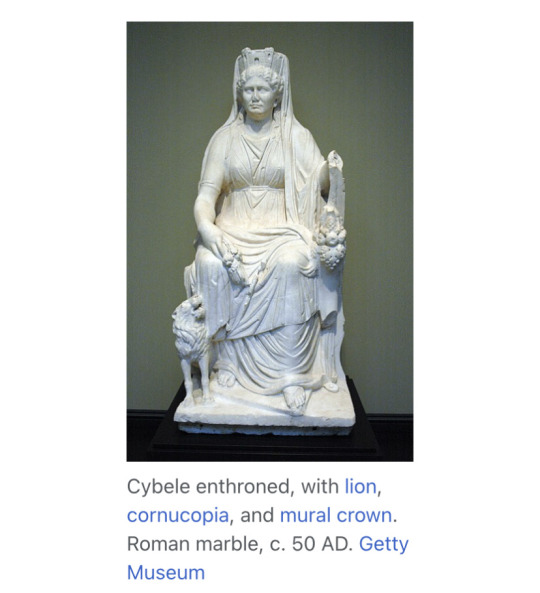
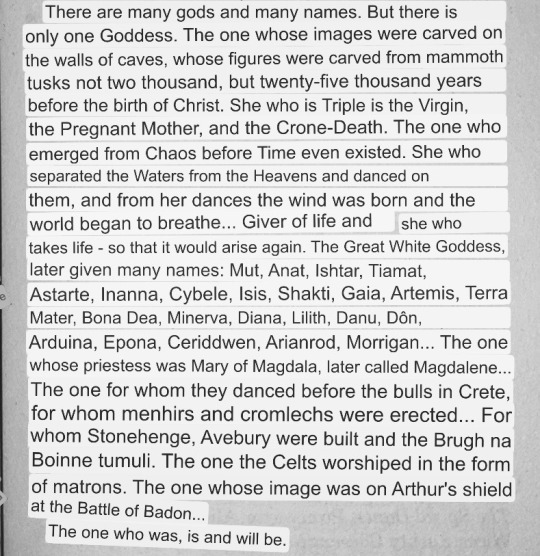
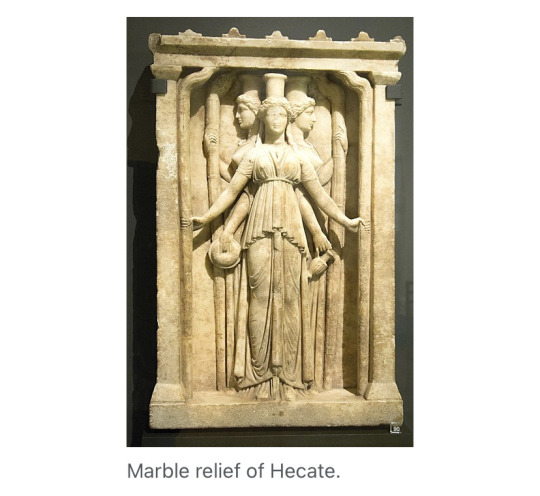


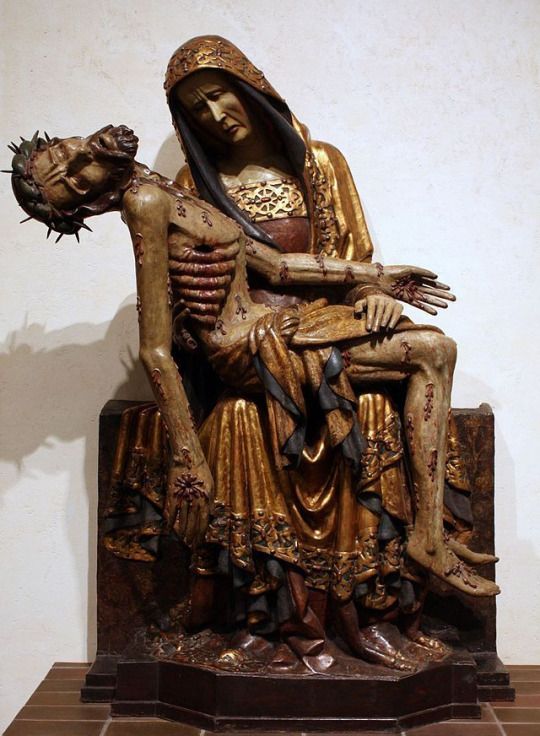

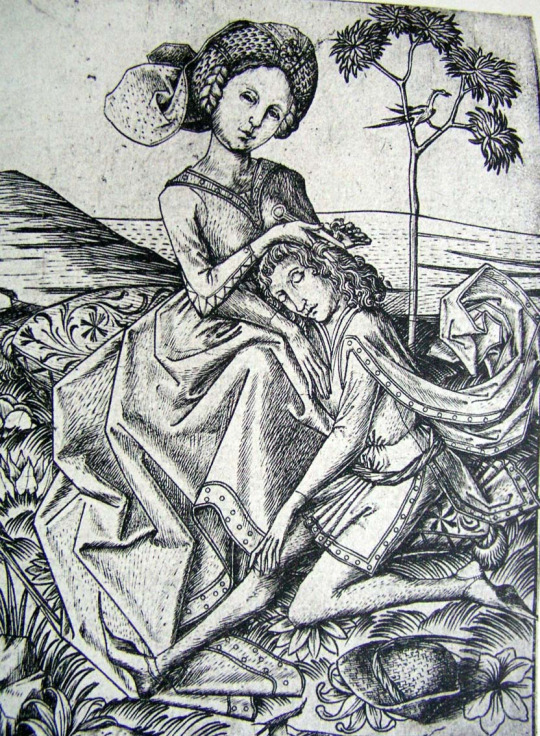




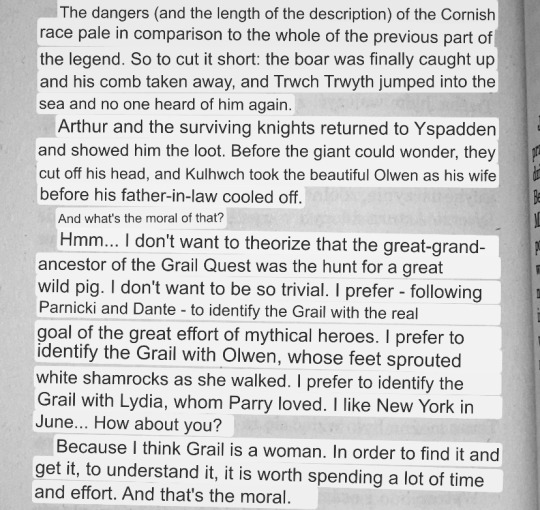

women, magic, power... grail
andrzej sapkowski interviewed 2000 / lysistrata, illustrated by norman lindsay / mother goddess, wikipedia / seated woman of çatalhöyük / tower of fools / cybele / świat króla artura / hecate / tower of fools / catholic mariology, madonna of the rose bower / pietà of the lubiąż abbey (lower silesia, poland) / warriors of god / samson and delilah, master e.s. / the last wish / the vampire, by philip burne-jones / tower of fools / sir galahad receives the holy grail, edwin austin abbey / świat króla artura / lady of the lake
[terf/radfem DNI]
#web weaving#andrzej sapkowski#the witcher#the witcher books#hussite trilogy#the world of king arthur#excerpt#geralt#yennefer#ciri#s: you've condemned yourself to me#s: my aucassin pursued for love#reynevan#jutta de apolda#i like a gershwin tune... how about you?
138 notes
·
View notes
Text
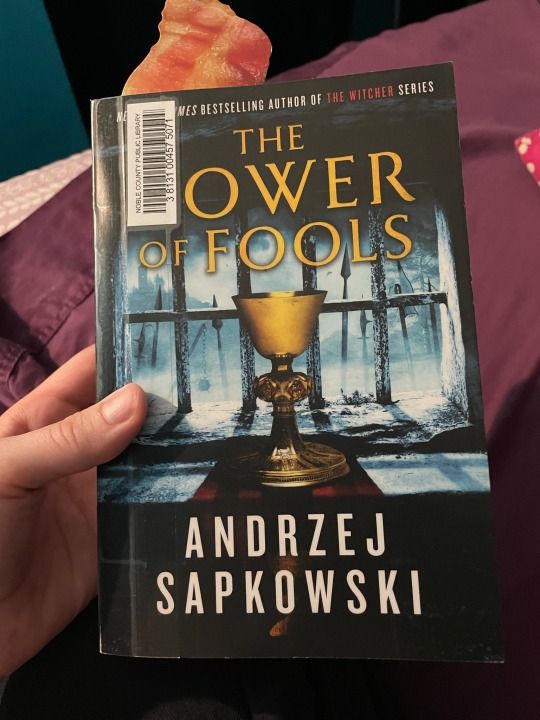
Im really surprised my local library in a small midwestern town had this book but not any of the Witcher books
So far I can tell Sapkowski loves framing devices involving historians and starting off with a sex scene involving creative purple prose, im sure I will find more similarities
#andrzej sapkowski#the tower of fools#the Hussite trilogy#Hussite trilogy#yes I have a bacon bookmark
13 notes
·
View notes
Text
going to fuck around. hope i don’t find out
10 notes
·
View notes
Text
I have to say my favorite part of Andrzej Sapkowski’s Hussite Trilogy so far is when Reynevan and Scharley pretend to be priests at an abbott in order to get food and are asked to perform an exorcism and so they just completely bullshit everyone and just start insulting the devil, warning the other priests to leave if foul language offends them…. like somehow calling the devil a ravaged old crocodile and shit covered mandrill actually works and it’s fucking hilarious
21 notes
·
View notes
Text
Holy shit there is a tumblr fandom for Hussite Trilogy.
This is the happiest day of my life.
6 notes
·
View notes
Text
Sapkowski the Pagan: The Grail & The Goddess

Andrzej Sapkowski and Stanisław Bereś. 2005. Historia i fantastyka
One of the more fascinating features of Sapkowski's writing is the intertextuality of his works; their relation not only to preceding legends and fantasy, but also to his own works. There are several topics and ideas that repeat, in various shapes, throughout. As I am going through the Hussite Trilogy right now, I am taking notes.
Among his works I herein count The Witcher, The Hussite Trilogy & The World of King Arthur. Maladie. The latter must constitute the closest we have gotten so far to authorial research notes on ideas of interest.
The ley lines (so far):
Humanim, i.e. decency
(Erotic) Love's salving & dooming qualities
Amantes amentes. Those who love are out of their minds.
Take heart. Have pity.
Woman, the Grail of being
Fairy tales brought to life (but there's a snag)
Prophecies/Grand narratives
Folk stories & beliefs
Witchcraft
The Cult of the Goddess, the Great Mother, The One who is Three
The perishing of the old (but not quite disappearing) & the brutal onset of the new. Change and upheaval.
Common sense vs idealism vs pragmatism
Anti-taxes, anti-clergy
Anti-fanaticism
The Grail & The Goddess
"For the Goddess has many names. And still more faces."
First, Andrzej Sapkowski construing Ciri as The Holy Grail is documented. It's not merely conjecture based on the text(s), although the text overwhelmingly declares it.
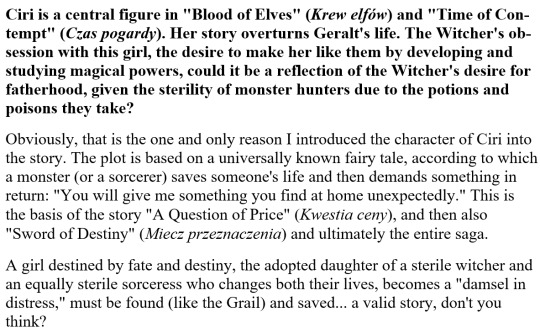
Cutali, Daniele. 2015. Interview with Andrzej Sapkowski
But so what?
The Witcher is an extremely allusive and meta-literary work. It deconstructs mythical matter and fantasy canon in the same breath as establishing itself in the eternal mythical present of legends. It completes itself as a self-aware analogue, because everything has already happened, and everything has already been written about. And Ciri - Cirilla Fiona Elen Riannon - sits at the centre of its method and madness; not only the axis of plot events, but also the spindle of its meta text. It's apparent already in her name. O Elaine, O Rhiannon. All Christian legends have a pagan origin. This Polish newborn has Arthurian origins. And Arthurian itself…?
In The World of King Arthur, Andrzej Sapkowski gives his account of the Arthuriana's transformation through centuries of re-writes. It is self-evident for him that for anyone to understand anything at all about Arthur, they need to orient in the history of the British Isles and in Celtic mythology.[1] Arthur was, in all probability, a Celt. And so was the Grail, if not even more ancient. 'The Grail - like almost every element of the Arthurian legend - has its origins in Celtic mythology. This is absolutely certain and has been confirmed many times,' he writes in Świat króla Artura. So what did Arthur believe? What views and values lay at the heart of the world in which he originated? Why is this relevant for a more meaningful reading of The Witcher?
Because the world of the Celts, as so many pre-Christian cosmologies, was a living world - an animistic, self-eating and self-renewing entity, cyclical, circular, without beginning or end, embracing life out of death - and Ciri is a living Grail. Ideas repeat in Andrzej Sapkowski's writing.
Ciri, a living Grail. A girl. A young woman. A Goddess. She who is Triple. A source of rebirth and hope, of death too. Strange magic is enclosed in her veins, as in Ceriddwen's Cauldron, that is of the essence of life. Cauldrons abound in Celtic mythos (be you Dagda, hero Cuchulainn, Brân or Pwyll, you got your hands on a cauldron eventually). But Ciri does not need to be rendered an artefact in order to hold power, because… she is a woman. That alone is enough.
Sapkowski's appreciation for compelling female characters should be well-known.
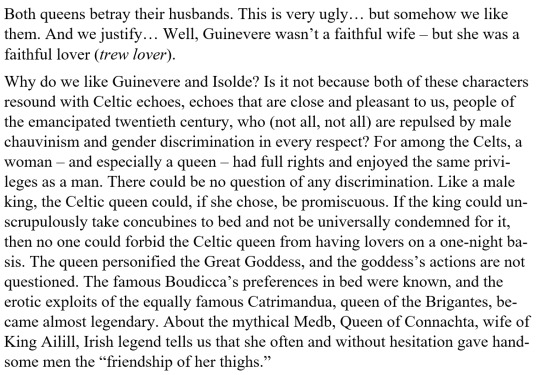
Sapkowski, A. 1995. The World of King Arthur. Maladie
'Celtic mythology,' Sapkowski notes in Świat, 'is mainly about the love life of the gods.' Gods fighting, scheming, and transcending themselves for goddesses. It's called the oldest story in the world; girl meets boy. But that's not quite the beginning of it: in the beginning, we're all born to a mother.
The Grail's functions and characteristics are notably maternal and feminine, and the mystery and nature of the Grail's power is love.

Sapkowski, A. 1995. The World of King Arthur. Maladie
Great, White, Triple
Who? And what features?
The ability to provide food is the property of the Grail most often referred to. Nourishment. Revitalization. Mother is the only parent who may truly feed her child with her body. Or give birth. The Chalice symbolically representing the "Womb of the Mother" is a very old idea. Old and basic. The most basic. Bernard of Clairvaux even calls upon Mary, saying: "Offer your son, sacred Virgin, and present the blessed fruit of your womb to God. Offer the blessed host, pleasing to God, for the reconciliation of us all" (qtd. in Bynum, 268). But we'll talk about the role of Christianity and symbolism another time. For first, we are pagans.
"Drawing from various sources, I assumed that – although I am not a blind follower of this theory – the feminine element dominates in nature. If there is any cult not related to politics, it is the cult of the Great Mother, the Goddess. The belief in the male God, Yahweh, worshiped by Jews, had a political character – Yahweh was invented because he had to be invented to maintain certain social structures. For primitive people, the mysterious, divine element was exclusively femininity, the ability to give life. However, I emphasize that I am not defending these theories from a religious studies standpoint; they simply resonate with me."
- Andrzej Sapkowski and Stanisław Bereś. 2005. Historia i fantastyka
This idea that resonates with Andrzej Sapkowski so strongly as to appear in virtually everything he has written was re-kindled as an ideology by the neo-Celtic, neo-pagan Wicca movement (Gardner, Murray, Starhawk, et al). Foundational text: The White Goddess by Robert Graves. The idea precedes the Celts though, and, at heart, revolves around nature and man being inseparable.
Ceridwen is one of the forms of the Celtic Goddess, and her cauldron is the womb-cauldron of rebirth and inspiration. In early Celtic myth, the cauldron of the Goddess restored slain warriors to life. It was stolen away to the Underworld, and the heroes who warred for its return were the originals of King Arthur and his Knights, who quested for its later incarnation, the Holy Grail. The Celtic afterworld is called the Land of Youth, and the secret that opens its door is found in the cauldron: The secret of immortality lies in seeing death as an integral part of the cycle of life. Nothing is ever lost from the universe: Rebirth can be seen in life itself, where every ending brings a new beginning.
Most Witches do believe in some form of reincarnation. This is not so much a doctrine as a gut feeling growing out of a world view that sees all events as continuing processes. Death is seen as a point on an ever-turning wheel, not as a final end. We are continually renewed and reborn whenever we drink fully and fearlessly from “the cup of wine of life.”
- Starhawk. 1979. The Spiral Dance
Nature's heartbeat resounds in reincarnation through reproduction. The gentle fury of love.
“Listen to the words of the Goddess, whose arms and thighs are wrapped around the Universe!” called the shaman. “Who, at the Beginning, divided the Waters from the Heavens and danced on them! From whose dance the wind was born, and from the wind the breath of life!”
“I am the beauty of the green earth,” said the Domina, and her voice was like the wind from the mountains. “I am the white moon among a thousand stars, I am the secret of the waters. Come to me, for I am the spirit of nature. All things arise from me and all must return to me, before my visage, beloved by the gods and mortals.”
“Eiaaa!”
“I am Lilith, I am the first of the first, I am Astarte, Cybele, Hecate, I am Rigatona, Epona, Rhiannon, the Night Mare, the lover of the gale. Black are my wings, my feet are swifter than the wind, my hands sweeter than the morning dew. The lion knows not when I tread, the beast of the field and forest cannot comprehend my ways. For verily do I tell you: I am the Secret, I am Understanding and Knowledge.”
"Worship me deep in your hearts and in the joy of the rite, make sacrifices of the act of love and bliss, because such sacrifices are dear to me. For I am the unsullied virgin and I am the lover of gods and demons, burning with desire. And verily do I say: as I was with you from the beginning, so you shall find me at the end."
Sapkowski, A. 2002. The Tower of Fools
It is for this reason the Irish recorded so many songs of aitheds - motifs of female abduction. It is for this reason one of the earliest legends of the search of the Grail is the tale of the hero Culhwch's quest for the hand of Olwen, who, wherever she stepped, made four white clovers bloom under her feet.[2] It is why Ciri, the living Grail in whom the function of the Goddess has been doubled, finds herself in a double-bind; as the keeper of power and immortality she is more frequently seen as means to an end rather than an end in herself. Not unusual for any failed relationship where the parties confuse love for something else. And while we are confusing notions of erotic and spiritual love, the Question of the Grail which must be asked of the Fisher King, undoubtedly, still comes down to a question about love.

Sapkowski, A. 1995. The World of King Arthur. Maladie
Celtic mythology is about the love life of the gods. The longing for a union; that completes. That turns the wheel and closes the cycle. That revitalizes, heals, nourishes, allows for flourishing. That immortalizes; if not oneself, then at least a moment. And what is life but fleeting moments, grains of sand passing through an hourglass?

Sapkowski, A. Something Ends, Something Begins
It can get confusing. The Goddess has many names and many faces, and three aspects.

Sapkowski, A. 1995. The World of King Arthur. Maladie
As to the inherent eroticism of the Grail, well…

Sapkowski, A. 1995. The World of King Arthur. Maladie
He wanted to tell her everything, but the words stuck in his tight throat.
She saw it. She knew. How could she not? For only in Reynevan’s eyes, stupefied by happiness, was she a maiden, a trembling virgin who was embracing him, eyes closed and biting her lower lip in painful ecstasy. For any wise man—had there been one nearby—the matter was clear: she was no shy and inexperienced young lass, but rather a goddess proudly receiving the homage due to her. And goddesses know and see everything.
And do not expect homage in the form of words.
She pulled him onto her and the eternal rite began.
- Sapkowski, A. 2002. The Tower of Fools
Sapkowski's interest for the fates of men in the power of the Goddess is only surpassed by his hope for the triumph of common sense and humanism. And the mystery of the Grail - what unleashes its power? - is of both sexual and platonic variety. Humanity is important. Heart. As in Wolfram von Eschenbach's Parzival. As per Campbell: 'The big moment in the medieval myth is the awakening of the heart to compassion, the transformation of passion into compassion. That is the whole problem of the Grail stories, compassion for the wounded king.' [4]
Thanks to Ciri, the story of Geralt of Rivia - a grail knight who set out with his hanza in search of a dream - is ennobled and raised on par with King Arthur. It is Yennefer and Geralt's love and compassion and sacrifice for Ciri, which ultimately heals them. An echo of love for his daughter melts the ice shard in the heart of an Emperor. The mystery and nature of the Grail's power resides in love.
"Love has many names,” said Hans Mein Igel suddenly, “and it will determine your fate, young herbalist. Love. It will save your life when you won’t even know that it is love. For the Goddess has many names. And still more faces.”
- Sapkowski, A. 2002. The Tower of Fools
By the end of The Witcher, Ciri's journey as the Goddess has barely begun. And what has begun has begun traumatically. Her journey to know herself, to find, forgive, understand, and accept (or reject) the Grail within, has not yet dawned. She remains in a liminal space between the Maiden and the Woman after having, already and much too early, worn the guise of Death, the Crone. The author doesn't tell; he lets the reader wonder. For before Ciri is everything. But Grail, the Goddess, requires something, and also empowers with what she requires.

Sapkowski, A. 2002. The Tower of Fools
Love leads spring into the Waste Land of the human heart.
Love, compassion, willingness to suffer with and for another, readiness to transcend one's own pain, selfishness, and rage. For three things last forever: faith, hope, and love - and the greatest of these is love.[3]

-----
[1]: Sapkowski mainly used Mythology by Thomas Bulfinch, Celtic Myth and Legend, Poetry and Romance by Charles Squire and Mabinogion.
[2]: In order to marry Olwen, Culhwch must take her from her father, but Ysbaddaden will first set him on an endless quest; a list of long and laborious tasks. In the name of a woman.
[3]: Or, as The Tower of the Swallow renders it: 'Are, then, Chaos, art and learning according to you, the Powers capable of changing the world? A curse, a blessing and progress? And aren't they by any chance Faith? Love? Sacrifice?'
[4]: Campbell, J. 1991. The Power of Myth
#wiedźmin#the witcher#the witcher books#andrzej sapkowski#the hussite trilogy#the world of king arthur#ciri#cirilla fiona elen riannon#wicca#the holy grail#arthuriana#the witcher meta
33 notes
·
View notes
Text
New drinking game: take a shot every time Sapkowski references Arthurian legend in his works
#not quite as prevalent as it is in the witcher but im leo pointing every time it comes up in the hussite trilogy#mantis reads
4 notes
·
View notes
Text

#i know most of it is to reflect the attitude of ~the times~ but still. man#narrenturm#the hussite trilogy
1 note
·
View note
Text
regarding book!dandelion’s much discussed misogyny one thing i find insanely amusing is how the gamer bro fanbase perceives it.
because to me, it’s like, supposed to be one of his weaknesses. it’s one of the ways in which he is unhinged that continuously gets him in trouble. yeah, there’s a joke here and there. but like. dudu thinks he can get away in dandelion’s form? nah man, the angry woman with the frying pan knocks you out, worst decision you made that day. he’s afraid he’ll get murdered if they go to toussaint. he survives the quest to end up on a scaffold because he couldn’t stop fucking around.
yet, when you see the dude bro “book stans’” reaction to the queer netflix reveal there are very personal grievances when they say “you made the womanizer gay!!!”. we know he’s not gay. he’s bi. he fucks more than twice the amount. but the fact that “the womanizer” would as much as look at a man somehow hurts these people in their masculinity, which reveals they think this part of him to be the cool, masculine part.
and it’s really funny to me, because i have this idea of sapkowski using bard characters (he does it in the hussite trilogy as well) to have some, dare i say it, subversive masculinities. because dandelion is very un-masculine in the context of the story. not only does he challenge the temerian knights and others by directly insulting their idea of masculinity and often ridicules the hierarchic structures he himself benefits from despite having fled the connected responsibilities. he’s not a fighter, he’s a poet, he’s not ‘hot’, he is pretty. he’s a coward, he is vain, he is bitchy, he is emotionally intelligent. he laments the gruesomeness of war that is nothing like the heroic masculine stories told about it. he is kind of the mum of the hansa. in short, he is very ‘feminine’, except for his womanizing and his misogynist moments (and the drinking). the parts of him that are, as i said, the most pathetic of his character. and yet, readers who are caught up in the structures of hegemonic masculinities perceive it as a way to consolidate his place in the hierarchy. in a way, his assholery is his redeeming quality in the masculine order. or at least that is what i believe, because why else would they have such an extreme reaction. if dandelion loses his one hegemonic masculine trait of putting himself above women by also sleeping with men, then he is not a man.
[i am aware the concept of masculinities has fluctuated massively in history, which is the point of hegemonic masculinities, and that medieval courtly masculinities had their own ‘feminized’ moments, with monks complaining about the knightly fashion making them look like vain women, but this is a fantasy saga that the reader perceives from contemporary standards, and the masculinities presented are very warrior-centered]
plus, i imagine it complicates his friendship with geralt. because they are bro bros, going to the BROthel together, sharing beds, kissing each other on the cheek for goodbye. if one of these bros is interested in dick, it makes emotional intimacy among men ~weird~. it makes the dude bros go “a bro cant have anything”. but bro, bro, you could have everything. you could even have a bite of dandelion.
420 notes
·
View notes
Text
reynevan is the most relatable protag because he started summoning a demon—like a literal demon from hell—and then had a panic attack and started getting really scared and freaking out and messing up the words halfway through and fucked it up and almost died
#book: narrenturm#c: reynevan#txt#hussite trilogy#i mean also yennefer and triss at rivia but the thing is that they were taking a brave last stand#reynevan didnt really have to start summoning a demon but he was like you know what fuck i#i have the amulet its all gonna go well
14 notes
·
View notes
Text
both my mind and my heart are fully in the 15th century now. can't escape.
initially it was due to the fact that I changed glass from taking place in 16th century to 15th - to add some more Pope Drama and Bohemian Reformation But With Vampires, Also - and then due to reading sapkowki's hussite trilogy, and now alas due to starting to play kingdom come: deliverance.
I'm also on an intense "native plants in the medieval times and their culinary uses" kick so that's rooting me (ha!) even more firmly in the 1400s.
63 notes
·
View notes
Text
i have been excommunicated
6 notes
·
View notes
Note
Hey! Your TBR is probably very long already but I must pitch in with Andrzej Sapkowski's Hussite Trilogy! It has: Hussites (duh), Inquisition, tons of Medieval goodness, clueless garbage protagonist who insists he's Silesian and not German and DEFINITELY not a heretic, demons, cameos by Copernicus and Gutenberg + many a reminder that Sapkowski is an EruditeTM and lover of history.
I hope the English translation does it justice.
...aha. I went to the library yesterday to pick up my stack of holds. Then today I went to the bookstore in the "I deserve a little treat" mood that could not possibly backfire. The result is that my bedside table now looks like this:

So I might quite possibly have enough books for the time being. However, if this fails, I shall indeed keep your suggestion in mind. 😂
25 notes
·
View notes
Text
It's funny seeing people call The Witcher "Slavic", because it's only really a thing in the games. The books are, by the author's own admission, actually drawing more from Celtic and especially Arthurian stories and themes, the locations and naming conventions (outside of small villages) are more or less mildly anachronistic Western Medieval Europe, and finally Sapkowski dislikes what he calls the "Swarog and pierog" school of fantasy writing - mashing up more or less romanticized (or straight-up falsified, thank you 19th century historians and writers) ideas of "early medieval/pagan Slavic folklore" which can also include misattributed elements of cultures that predate not only medieval times, but also Slavic tribes' presence in Central and Eastern Europe with popular fairy tales, elements of preserved/reconstructed folk culture from various regions of Poland and most basic forms of common fantasy tropes. If I remember his essay on this correctly, he complains about such works being of low quality, infantilizing, underresearched, tropey and overall just embarassing.
Not saying he's absolutely blameless on that front since his Hussite trilogy had elements of ostensibly modern neopagan "White Goddess" cult crop up in a couple of places but at least he does the research, doesn't claim to be writing "historical novels" (he'd probably tell you it's a postmodern fantasy story with strong historical flavor) and also acknowledges anachronisms in his own work.
24 notes
·
View notes
Text
So, I guess it's fairly obvious now that CDPR lifted a lot of their expanded magical canon of the Witcher from the Hussite Trilogy, isn't it?
#the witcher 3#the witcher#cdpr#the hussite trilogy#not a surprise either#tracing the evolution of ideas#andrzej sapkowski
9 notes
·
View notes
Text
Got tagged
by @murhamarsu
Not gonna lie, took just a glance at the questions and I felt like

Tag nine people to get to know better
Three ships: Ones that I've really enjoyed following throughout the series are Holo & Lawrence in Spice & Wolf, and Tristepin & Evangelyne in Wakfu (I recall shedding some happy tears for the latter couple at some event ahah). As for third let's just go and say Grenoldt & Mowen from FFXIV now that I've been working on the gatherer "relics". Not feeling too strong about any ships currently I think?
First ever ship: Idk probs some self-insert daydream OC x something or another.
Last song: Does iphone ringtone count? There was an edited one on my dashboard and I gave it a listen. There were kitties.
Last Movie: Second The Hobbit movie, watched it with a friend at an airport hotel in UK. There was one odd ad with a cat during commercial breaks.
Currently reading: I actually just finished the first volume of The Raven Rings trilogy by Siri Pettersen. Tells something that I had to carry the book to work to read during breaks too :D So probs gonna be reading the second volume next, or read the next in line of the Hussite Trilogy by Andrzej Sapkowski since my bro lent me the book.
Currently watching: There are plenty on-hold animes that I haven't gotten the vibe for just now, and a plan to watch the Netflix One Piece at some point! Usually I just have a Twitch stream on, not right now though!
Currently consuming: Nothing.
Currently craving: Nothing really. In a state of content.
Imma tag the following folks in case they feel like having a trip to years past doing it: @czytacz @yoiku @djgamek1ng @renamon @feenick @sdmax300 @xzombiepop @malliprotagonisti and you.
10 notes
·
View notes